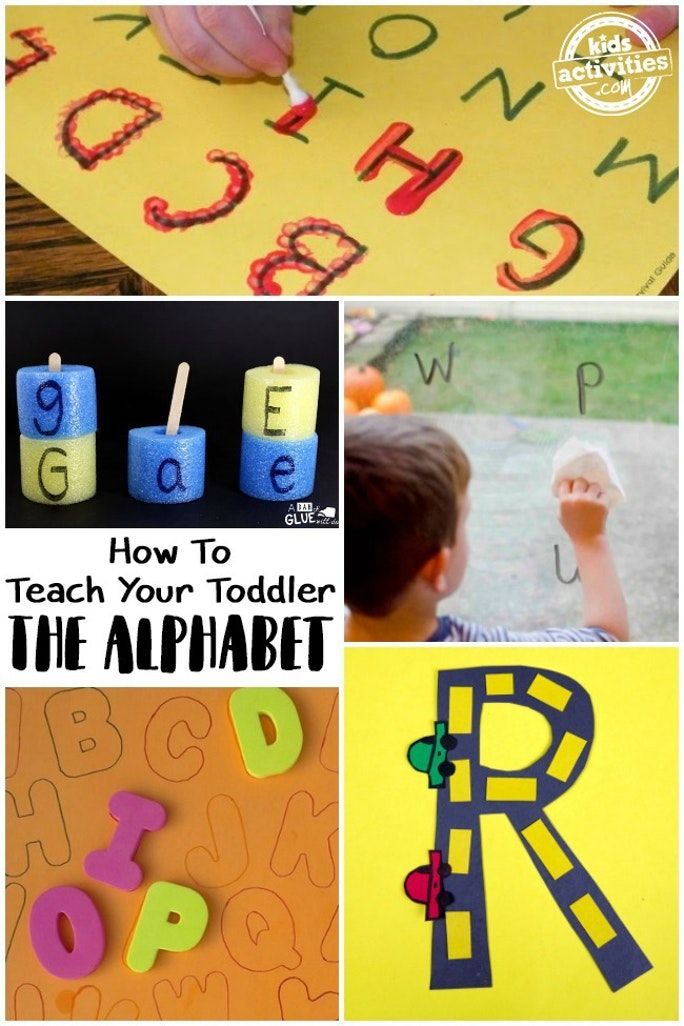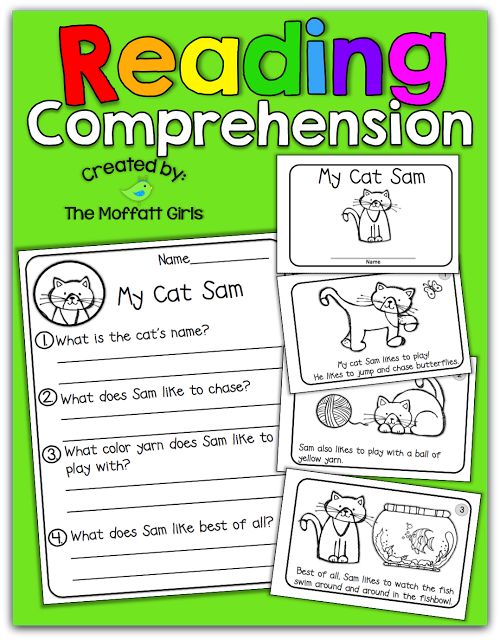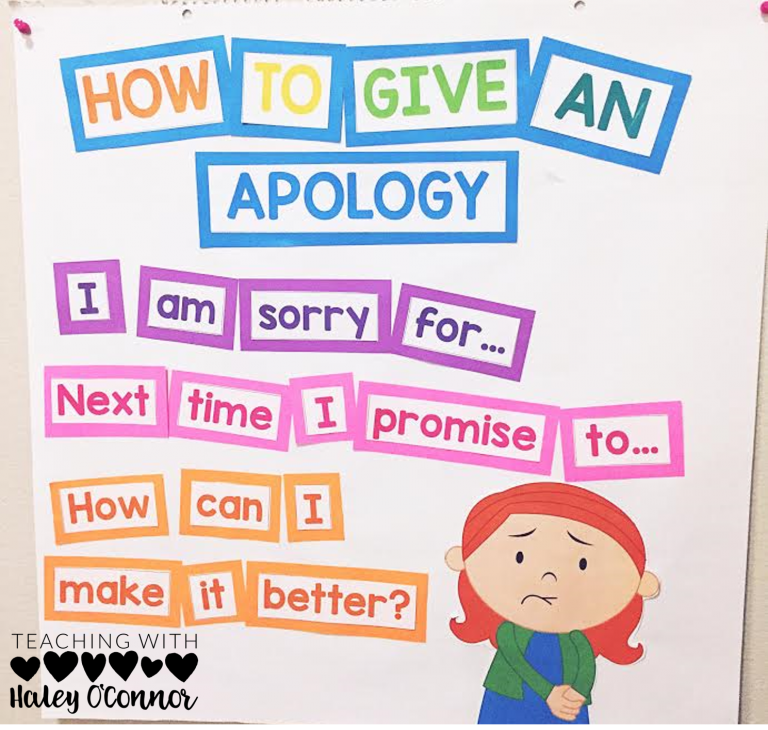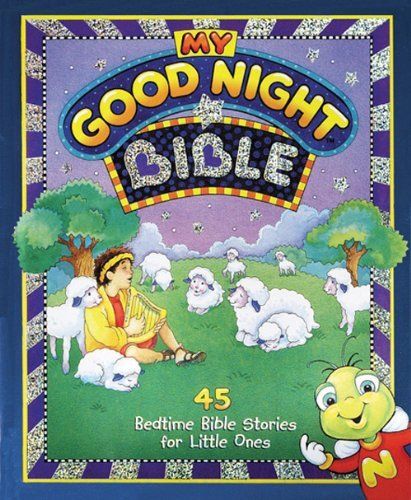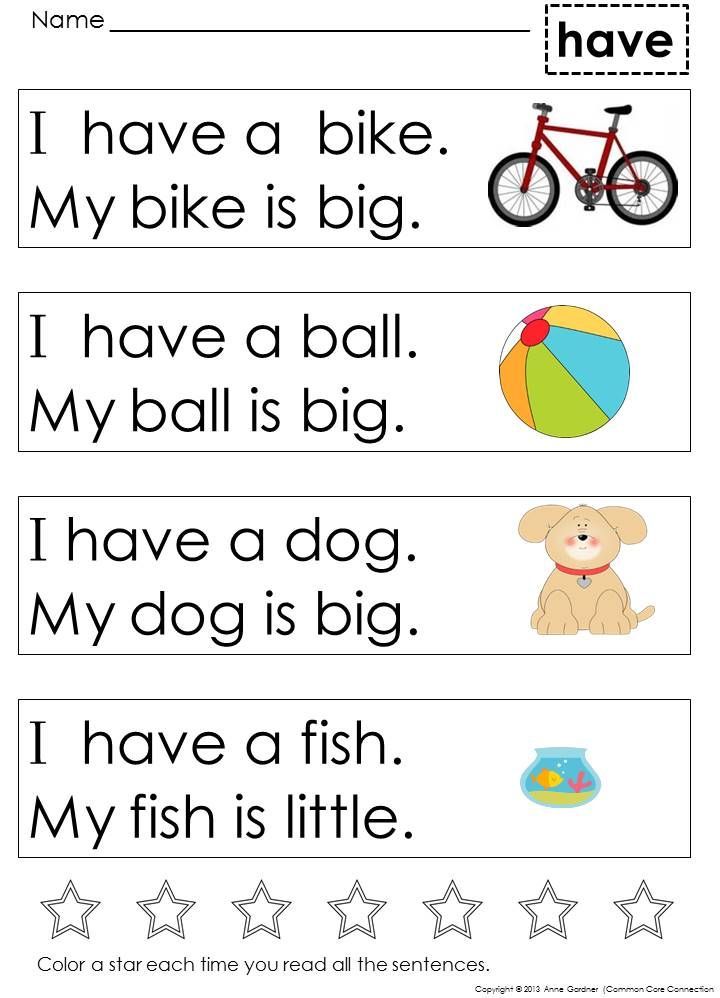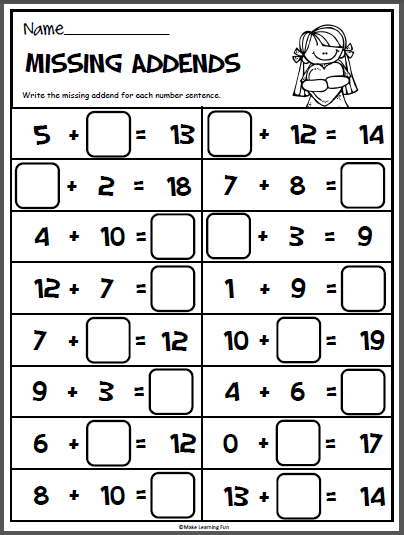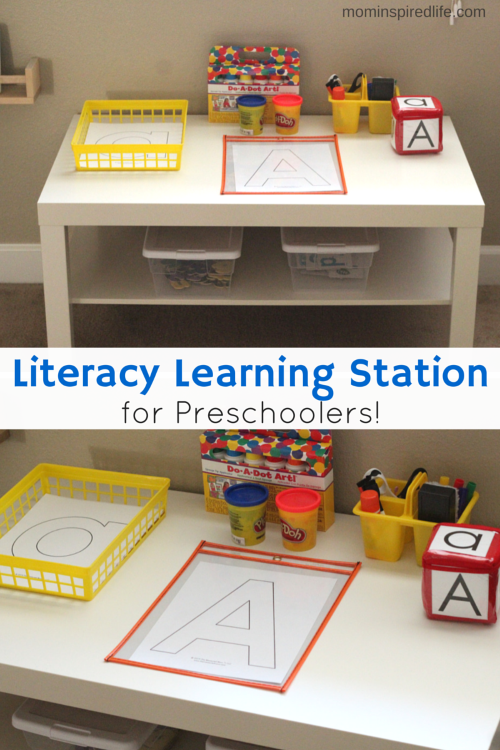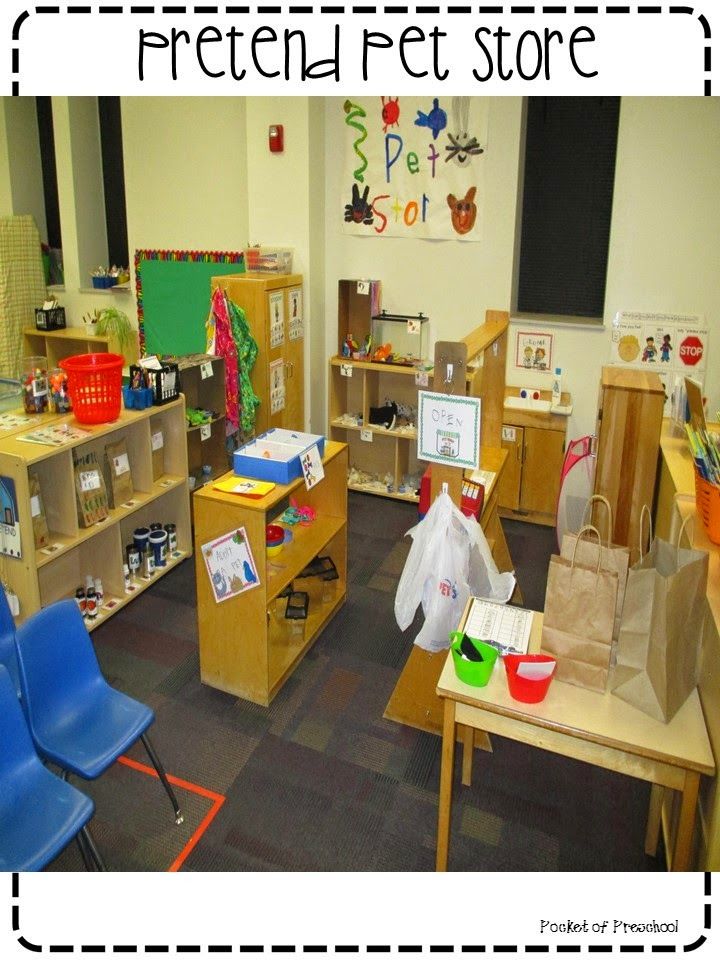Find lexile of books
How to Determine the Reading Level of a Book
This content contains affiliate links. When you buy through these links, we may earn an affiliate commission.
Fountas and Pinnell, Lexile Level, Primer, Pre-primer, Beginning Reader are all terms you may have heard if you have a young reader in your house. Seriously, what does it all mean? Is there actually a way how to determine the reading level of a book? If your child can read The Cat in Hat, which is a level J in Guided Reading, can she independently tackle Diary of a Worm, which has a Lexile Level of 510L or is she ready for Keena Ford and the Second Grade Mix-Up, even though that one has a DRA of 30?
Through this post, I am going to attempt to elucidate and explain reading levels. So scroll through to find the system that your child’s teacher uses or pour yourself a large cup of coffee and sift through all of the various ways educators, librarians, and book publishers level and categorize books for young readers.
Reading Levels Are Like Starbucks Sizes
I admit, I don’t visit Starbucks unless I have a gift card. I am also that person who goes to Starbucks and still tries to order a large iced tea. The barista calmly asks if I would like a venti or a trenta and then explains that I need to choose between Passion Tango, Matcha Green, or Guava White Tea. Then comes the question of sweetened, unsweetened, or added lemonade.
For the young reader, finding a book that can be read independently can be as tricky as remembering all of the variables in a Starbucks order. Little readers who are not familiar with reading levels or taught to find a “good fit book” often go for books that are too easy and boring, too difficult and frustrating, or, like my kindergarten son, books that have too many unreadable Star Wars planet names like Kashyyyk. If a child knows her reading level, she can find books that contain sight words she knows, plot lines that are not too advanced, and vocabulary that is manageable.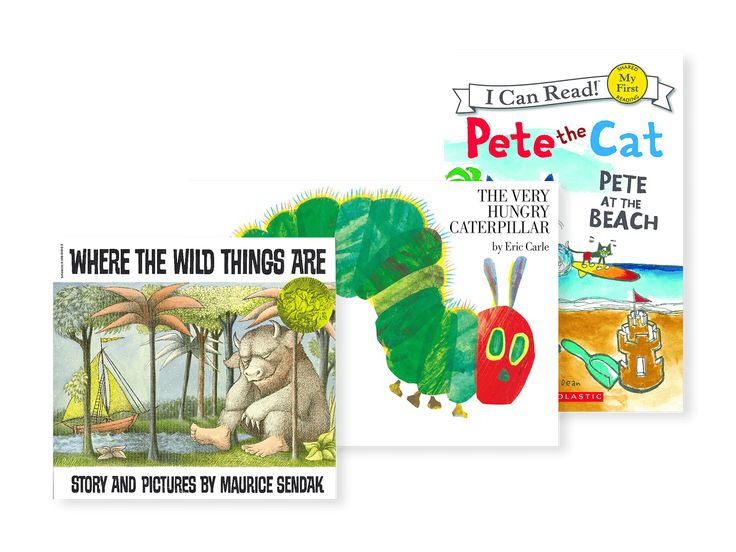
Explain the Levels, Please
There are many different ways that books are leveled. Here are the three most popular methods for how to determine the reading level of a book.
Developmental
Children become readers by moving through different developmental reading stages. These stages range from the emergent pre-reader to the expert fluent reader. Typically, the emergent pre-reader is between six months and six years of age, while the expert fluent reader is 16 years and older. The developmental categories are broader categories than many of the other leveling systems.
Letter Levels
When I taught first and second grade, I found letter levels to be the most kid friendly way to organize a classroom library. If your child’s school levels books using Fountas and Pinnell, Reading A-Z, Scholastic Books, or Guided Reading Levels, then books will be leveled using a letter system. While it would be nice, these leveling systems do not always correlate. A book that is a Reading A-Z Level P, is not always a Level P using the Guided Reading Levels.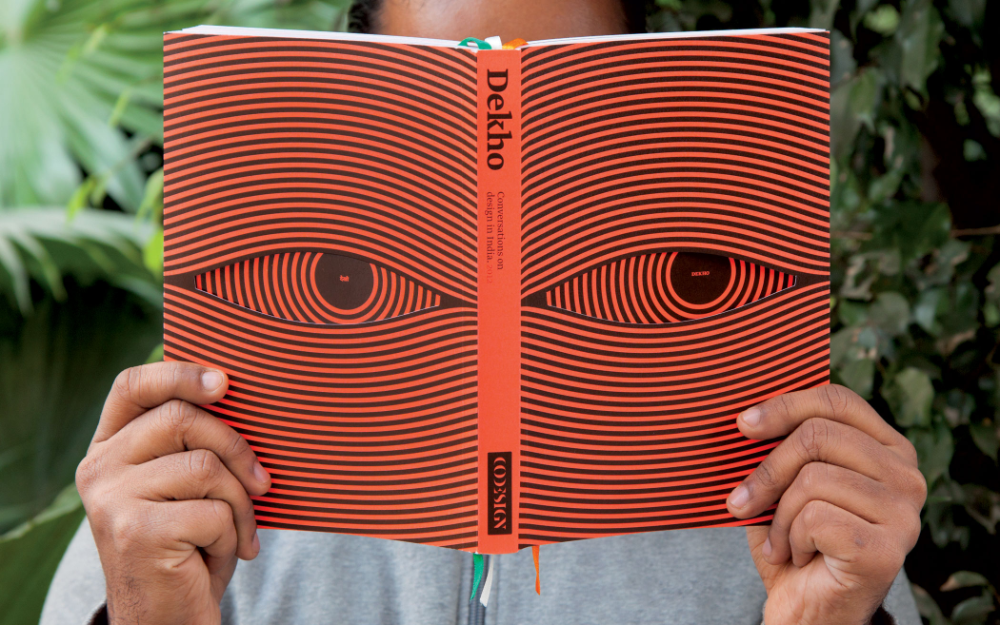
Number Levels
Books can be leveled through such systems as Lexile Numbers, The Direct Reading Assessment (DRA), and Reading Recovery. These systems measure texts by complexity and a reader’s skill level and then assign a number.
I Have My Child’s Reading Level, Now What?
Throughout the school year, your child’s teacher will probably perform reading inventories or assessments with your child. These will determine your child’s reading level.
If you homeschool or your child’s school does not use leveled reading, then use a simple test called the “five finger test” to roughly determine your child’s reading level. Have your child choose a book and open to the second page. Ask your little one to read the text out loud. If your child struggles with independently reading five or more words on that page, the book is too difficult and is not a good fit. You should also ask some comprehension questions to make sure that your young reader understands what she is reading.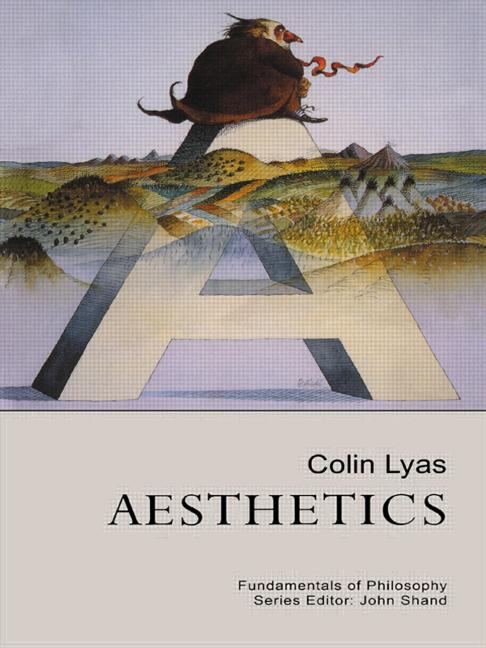 When a book passes the five finger test, use one of the links below to determine that book’s reading level.
When a book passes the five finger test, use one of the links below to determine that book’s reading level.
Once you have the reading level, take a look at these five helpful websites, apps, and charts that will help you and your child find or level the perfect book:
- Book Wizard : Type in the title of a book to retrieve the Guided Reading Level and grade level.
- Lexile Find-a-Book :Visit this site to find the Lexile Number for a specific book or to generate a list of books with a particular Lexile Number.
- Reading A-Z Level Correlation Chart : This is the best conversion chart out there for reading levels.
- Reading Levels Explained : Check out this very clean and user friendly site if you are still feeling overwhelmed by all of the reading level systems.
- Literacy Leveler app : Download this app and then use it to scan a book’s ISBN to see its Lexile, DRA, and GRL.
Levels Should be Helpful, Not Stressful
Reading levels should not feel restrictive.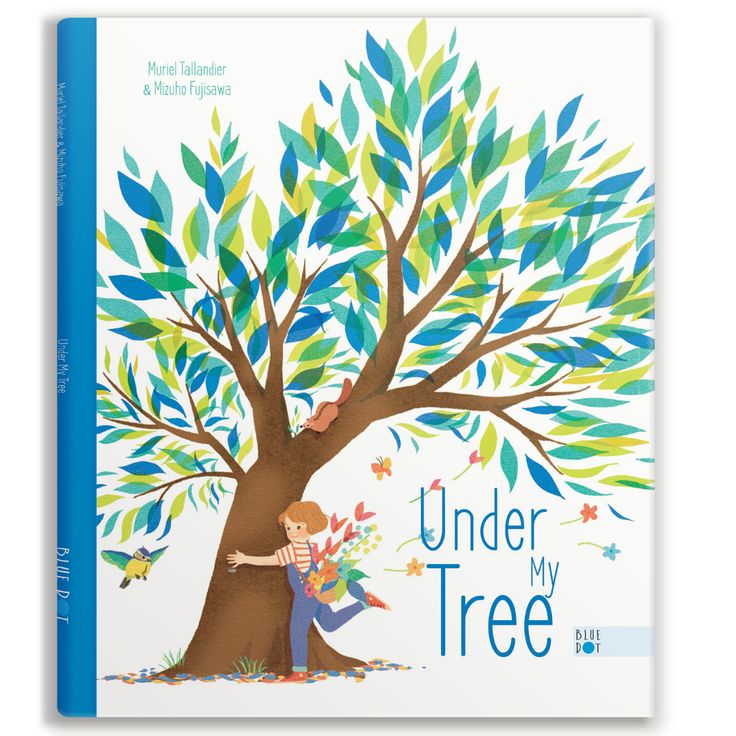 They should be used as helpful tools and not as a draconian system that kills the love of reading. Encourage your child to read books on her level, but don’t be upset if she chooses to reread an old favorite or picks up a nonfiction book that has some advanced vocabulary. Imagine how horrible it would be if adults had to always adhere to a reading level. I am well aware of the fact that some of my beach reads are probably a fourth grade reading level, with a Guided Reading Level of Q, 820L, and DRA of 40. I may not always be challenged as a reader, but it is still fun to sip my trenta Passion Tango unsweetened iced tea and enjoy a book simply for the fun of reading.
They should be used as helpful tools and not as a draconian system that kills the love of reading. Encourage your child to read books on her level, but don’t be upset if she chooses to reread an old favorite or picks up a nonfiction book that has some advanced vocabulary. Imagine how horrible it would be if adults had to always adhere to a reading level. I am well aware of the fact that some of my beach reads are probably a fourth grade reading level, with a Guided Reading Level of Q, 820L, and DRA of 40. I may not always be challenged as a reader, but it is still fun to sip my trenta Passion Tango unsweetened iced tea and enjoy a book simply for the fun of reading.
Need some books to practice leveling? Help yourself to 50 Must-Read Books for Beginning Readers, 20 Must-Read Books for First Graders and Second Graders, The Best Chapter Books for Kids: Engaging with Words, and 70 Must-Read Books for 3rd Graders.
Introduction - Reading and Lexile Scores
What is a Lexile Score?
A Lexile score is a standard score that matches a Grade 1-12 student’s reading ability with the difficulty of the reading material.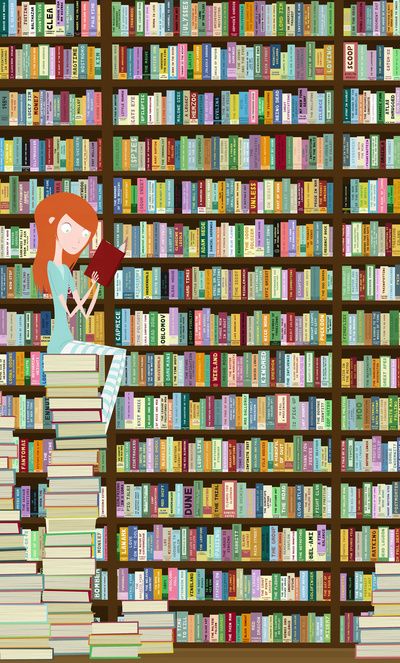
When the reader's score and that of the reading material are the same, the student is expected to read with 75% comprehension – difficult enough to be challenging without undue frustration and to encourage reading progress.
Scores range from 200 to 1700.
Lexile measures are a measure of text difficulty. They do not address age-appropriateness, student interest or the quality of the text.
Google does not use Lexile scores, and while in the past Google Advanced Search used to rate websites as beginning, intermediate or advanced reading level - Google no longer offers this feature. However, an alternative way to search and obtain results with reading levels marked is here: Choosito.com Search.
This site http://www.lexile.com/ will let you enter your lexile level range and find a list of books that not only meet your lexile requirements, but your interests, i.e. social issues or technology, and your age range. However, the age range is limited to 18 years and younger. You can also see if a particular book is listed to learn the lexile level.
You can also see if a particular book is listed to learn the lexile level.
Sample Lexile Texts
Examples of Reading Levels
This Lexile map shows texts matched to levels of reading ability. The literature titles and reading selections are examples that range from 200L to 1700L on the Lexile scale.
Lexile Grade Level
Lexile-to-Grade Correspondence
Student's Guide to Lexiles
This guide gives Grades 1-12 students practical information about Lexiles—what they are, what they mean, and how students can use them to find reading materials that match their reading abilities and interests.
Perhaps you already recognize the term “Lexile” as the reading level number for an article in an EBSCOhost database search. Or maybe you know that a Lexile is a measure of your reading ability based on your score from a reading test.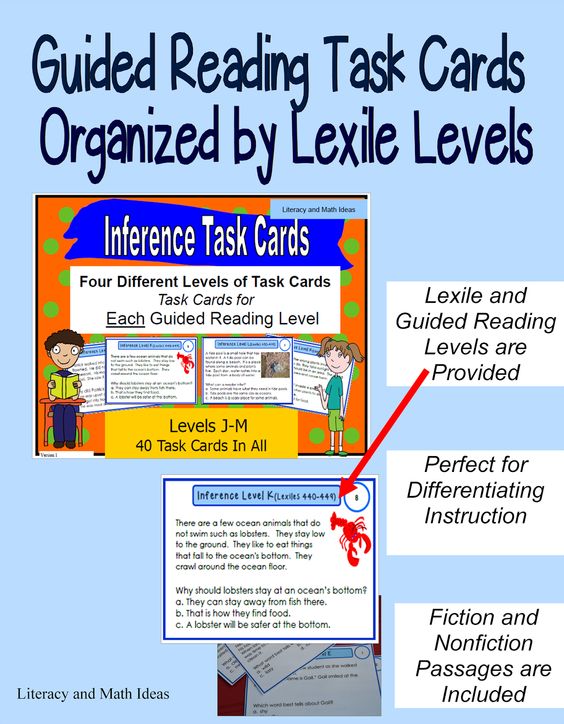 But do you know what the number really means?
But do you know what the number really means?
How Can Lexiles Help Me Find Reading Materials?
Lexiles can help you find books and articles based on your individual reading ability and interests. For example, if you are a 980L reader, you should be able to read and understand most texts at this level. It is best to find materials within a range of 100L below and 50L above your Lexile measure. Texts below 980L will be easier to read; texts above 980L will be more challenging.
I don’t know my Lexile measure. Can I get a Lexile measure from EBSCOhost, based on the magazines I like to read?
If you or your teachers do not know your actual Lexile measure, you can use a school library or public library EBSCOhost database to estimate your reading ability. Log into EBSCOhost on your library’s computer and choose a database with Lexiles, such as Primary Search, Middle Search Plus or MAS Ultra. On the Basic Search screen, check Full Text, then type in a magazine name in the Publication field. Click Search. EBSCOhost will bring up all of the articles from that magazine. Each article will have a different Lexile measure, which will give you a general idea of the magazine’s reading level.
On the Basic Search screen, check Full Text, then type in a magazine name in the Publication field. Click Search. EBSCOhost will bring up all of the articles from that magazine. Each article will have a different Lexile measure, which will give you a general idea of the magazine’s reading level.
Lexile Framework for Reading GL Education Group (April 14, 2011)
Examples of Reading Levels (Framework)
This Lexile map shows texts matched to levels of reading ability. The literature titles and reading selections are examples that range from 200L to 1700L on the Lexile scale.
Lexile Framework for Reading for Parents and Educators
The educators and researchers at MetaMetrics created the Lexile Framework for Reading to transform the world of education with a research-driven, scientific system to help all readers navigate the path to success in school, college and careers.
Reading
QR Code
Scan the above QR Code with your QR code reader to access this page on your mobile device.
How Python Dictionaries Work
Author: PythonInDepth
Imagine a huge library where you want to search for "Roadside Picnic". How to do it?
The naive way is to sort through. Take the first book, understand that these are not the Strugatskys, put it back, take the next one, ... and so on. In the best case, "Roadside Picnic" will be in the first cell and we can do it in one move. At worst, you have to iterate through all n books in the library, in O(n) steps.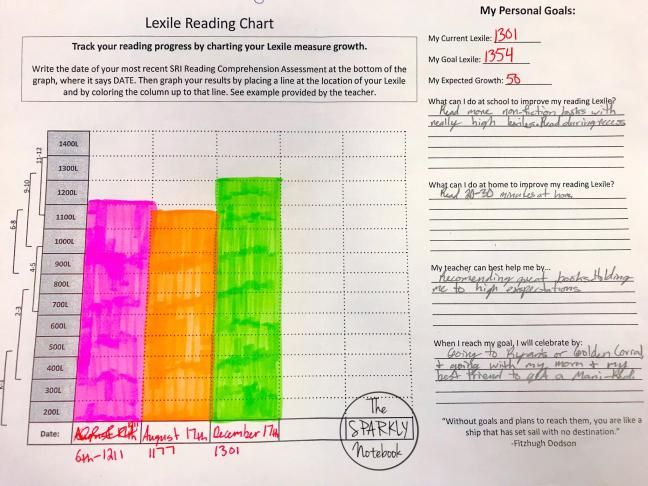 But it can be faster.
But it can be faster.
To do this, we define a function that receives the title of a book and returns a number. Such a reference function:
"Roadside Picnic" -> 1
"Decameron" -> 2
"Catch 22" -> 3
...
Put "Roadside Picnic" on the first shelf, "Decameron" on the second, and so on. When we need a book, we will send the title to this function and immediately get the cell number. Now the book can be found in just two steps:
- calculate the book number by title,
- find it on the shelf with this number.
The complexity is O(1), and it's very fast! You can also put a book in its place in a fixed number of steps, regardless of the size of the library. A side effect of this approach will be that there will be no duplicate books in the library, because all copies of the Decameron will fall into a cell with the same address.
A function that assigns a number to an object is called a hash function. Any hash function must satisfy the requirement:
If two objects are identical, then their hashes are equal.
An ideal hash function must satisfy one more requirement:
If two objects have the same hash, then they are the same objects.
In practice, even a good hash function is difficult to write. Therefore, it sometimes happens that a hash function returns two identical numbers for different inputs. For example, if the hash function returned
"Cloud Atlas" -> 10
"Moscow-Petushki" -> 10
this means that we have to put two different books on the same shelf. And when we come for book number 10, it becomes unclear which book to choose.
What does this problem have to do with Python? The fact is that sets and dictionaries in Python are implemented as hash tables - that is, exactly such libraries with books on the shelves. When you put a key-value pair into a dictionary, the interpreter calculates the hash of the key and puts the value in the memory location at the address that matches the result of the hash function.
And if it suddenly turns out that "Cloud Atlas" and "Moscow-Petushki" should be placed in the same cell, then this situation is called a collision.
There are conceptually two ways to deal with hash collisions.
1. Chain method
In this method, each array cell is a pointer to a linked list of key-value pairs corresponding to the same key hash value. Collisions simply result in chains that are longer than one element.
It's like putting all the books with the same number on the same shelf. Then, when searching for a book, you will have to find the right shelf, take the first book and read the title. If not, check the next one, and so on. In the worst case, all n books will end up on the same shelf and the complexity will be O(n).
2. Open addressing
In this case, not pointers to lists are placed in the cells, but the key-value pairs themselves. The algorithm is as follows: we calculate the hash function, check the desired cell. If the required element is not present, then we search in the next cell. The next cell is chosen by various methods: it can simply be a fixed interval to the next cell, rehashing by an auxiliary hash function, or other methods.
If the required element is not present, then we search in the next cell. The next cell is chosen by various methods: it can simply be a fixed interval to the next cell, rehashing by an auxiliary hash function, or other methods.
In the language of a librarian, in this case the library is large, but half empty. Because if the shelf on which you wanted to put the book was occupied, you choose another free shelf and put the book there. And then, using the same algorithm, you calculate where the desired book is located.
Python sets and dictionaries use open addressing.
What are the implications of all this?
- Dictionary keys must be hashable.
- Dictionaries are memory inefficient. If you're saving memory, use tuples.
- Key lookup is not O(1) in the end, but still very fast.
- Modifying the dictionary you are iterating over is a bad idea. The interpreter may decide that it's time to resize the hash table, and then the old data will be moved to the new table.
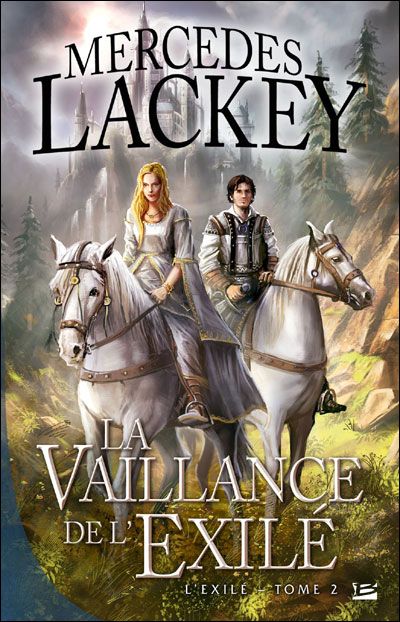 Not worth it.
Not worth it.
And the same applies to sets, because they are implemented in a similar way.
- It also becomes clear that sets work much faster than lists.
English for programmers
Our telegram channel with English tests for programmers. English is part of a programmer's career. So it's good to do it now.
Read more
×
Books for good speech. Explanatory dictionaries
"Correct Speech" is a popular online publication dedicated to the Russian language and born from the same name communities in social networks.
Reading the current selection, you will find in it the names of two famous explanatory dictionaries. It is unlikely that anyone will argue with the fact that a dictionary is necessary both at home and at work (note that at any job, and not just in the office of a Russian teacher language) - but still, how to use this smart a book?
Usually we turn to explanatory dictionaries when we want to find out what it means that we do not understand word.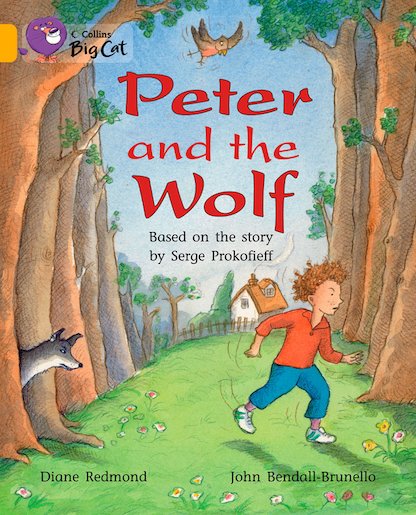 I must say that today this is an achievement, because many people in general not interested in the interpretation of unfamiliar words or, having a vague idea of the word, they do not want to check how this representation relates to reality. So if you just sometimes use the dictionary for its intended purpose, then you are already done. And yet, the explanatory dictionary will become even more useful if you sometimes allow yourself to read it as ordinary book.
I must say that today this is an achievement, because many people in general not interested in the interpretation of unfamiliar words or, having a vague idea of the word, they do not want to check how this representation relates to reality. So if you just sometimes use the dictionary for its intended purpose, then you are already done. And yet, the explanatory dictionary will become even more useful if you sometimes allow yourself to read it as ordinary book.
Just imagine how your passive vocabulary will increase, how much clearer the meanings will become for you hundreds, maybe thousands of words! Increasing the passive vocabulary will have a beneficial effect and active vocabulary, so you will probably start typing into your enriched speech with new words and phrases.
Read explanatory dictionaries like stories, like novels! This is an extremely useful activity.
This work of an outstanding Russian philologist is intended not only for teachers. A lot of efficient thoughts will also be drawn from it by those who are not connected with pedagogy by virtue of their profession, although seriously interested in the history and style of the Russian language.
The book was written in the 19th century, but it would be a mistake to think that it represents exclusively of historical interest. On the contrary, if modern education drew more From sources like Buslaev's book, our children would know Russian better. big the author pays attention to the study of the literary monuments of Ancient Russia - and this area, Unfortunately, for most of our compatriots today it is a white spot.
Buslaev's work can also be read by parents in order to understand in which direction to direct attention children studying their native language and literature at school.
About teaching Russian language Fedor Ivanovich Buslaev
Among lexicographers, only Dal can compete with Ozhegov in terms of fame. So if If you have an explanatory dictionary at home, then most likely it is Ozhegov's dictionary. And if his no, that means he must appear! After all, an explanatory dictionary is a necessary book in every intelligent home. Look into it more often, allow yourself to read it every day - and make sure that this is by no means a vain acquisition.
Of course, Ozhegov's dictionary has been on the Internet for a long time, but it is often much more convenient to have such a book on the bookshelf and not depend on the vagaries of the Web and the computer.
Explanatory dictionary of Russian language Sergey Ivanovich Ozhegov
Our common treasury - and the heroic work done by a man who wholeheartedly I loved Russian language, rooted for its purity and nationality. One thing that you have this dictionary, already testifies to your respect for the Russian word - all the more in no case do not let him quietly gather dust in a bookcase!
Dahl's dictionary needs to be read, this is the right path to Russian national identity and at the same time a source of lively and modern eloquence. After all, not a single pearl from the verbal scatterings collected by Dahl, did not fade and did not fade with time.
Explanatory Dictionary of Living Great Russian language Vladimir Ivanovich Dal
The book, written at the beginning of the 20th century, still remains the most famous domestic work on how to win an argument.

